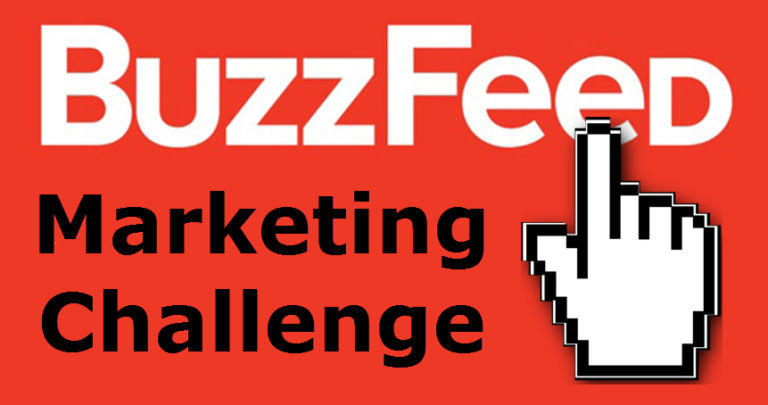Estimated Read Time 5 Minutes
Since a difficult task for any teacher is finding or creating projects to use in the classroom, Stukent specifically sought out a professor who was willing to share some great project ideas. Scott Cowley, an instructor from Western Michigan University, met these criteria and gave us an inside look into his classroom at Stukent Digital Summit, our first virtual conference. Following is a review of Cowley’s advice for creating projects—and we’ve included access to projects you can incorporate in your classroom today.
Had a great time sharing some strategies for teaching digital marketing for #StukentDS18. So much more we can be doing for students.
— Scott Cowley (@scottcowley) August 1, 2018
Let’s Get R.E.A.L
Through Cowley’s experience creating projects for his courses, he has created an acronym that sums up the attributes of a great project: R.E.A.L., for Relevant, Entrepreneurship, Audience, and Leverage.
Relevant
A common mistake, Cowley says, is in professors creating projects that are relevant to teaching objectives but that the teaching objectives are outdated. It’s important for teachers to audit their projects often and update the relevance of them. Projects should not only be relevant to the class objectives but also to events going on in the world.
Entrepreneurship
Another factor that should always be considered when creating a project is how to include entrepreneurship into what the students will be asked to do. This doesn’t necessarily mean that students will be required to build a business and sell something. It means that projects teach students about the principles of entrepreneurship, such as opportunity, ownership, risk, and reward.
Audience
Cowley continues that an instructor should consider the audience of a project. Projects shouldn’t be just for the instructor. Students should approach projects with the mindset that they are going to be seen by an extended audience. An example is to have students share or complete projects with local businesses. Cowley also has had students present to a guest lecturer who has come into his classroom.
Leverage
Lastly, Cowley explains that when he is creating a project he likes to have students accomplish as many objectives as possible. This may make projects complex; however, such projects become more realistic and applicable to the workforce.
One example Cowley provides of a R.E.A.L project is a short-term branded video. He has required his students to create 2-minute videos on a topic of their choice. The video was to have a branded intro and outro.
He came up with the project after discovering lots of keywords on video production pertaining to the marketing industry. In order for his class to stay relevant, this project was born. Because the project topics were chosen by the students, they had creative control, which fulfilled the entrepreneurial portion of the assignment. Students presented their videos publicly on their sites and to a guest lecturer to diversify their audience. And lastly, the students learned new tools and skills that they could leverage later on in their careers.
#StukentDS18 Thanks @scottcowley! So many great ideas and resources. Great Buzzfeed assignment! 👍
— Dr. Amber Hutchins 📚 (@amberhutchins) August 1, 2018
R.E.A.L practice: Social Media Audit
Another example of a project from Cowley’s arsenal is his Social Media Audit project. While a number of instructors who teach social media already do an social media audit, such projects are often just seen by the instructor. Cowley suggests that students be required to reach out to the social media director of a real company. Then, he says, the students should spend the time to analyze the company’s publicly available socials. Finally, the student are to formulate a pitch of three content ideas that the company could use and implement.
Structuring the project in this way makes it R.E.A.L. and is a good way for your students to interact with business professionals.
The BuzzFeed Marketing Challenge
Cowley has developed a class project—used by multiple instructors—that incorporates BuzzFeed, a brand he has found that many students recognize and can relate to.
For the project, students are required to join BuzzFeed.com as community members, which will enable them to make contributions as writers on the site. In groups, students are responsible for writing content and identifying a specific market segment to target. The ultimate goal/requirement is that students get 1,000 views on whatever content they decide to post. You can view the entire project here.
We hope these tips and ideas have inspired you to make R.E.A.L adjustments to your course. And for even more ideas, you can view Scott Cowley’s entire Stukent Digital Summit presentation here as well as our expert session library for presentations by education and industry professionals. For a look at Stukent digital textbooks, request free access here.







